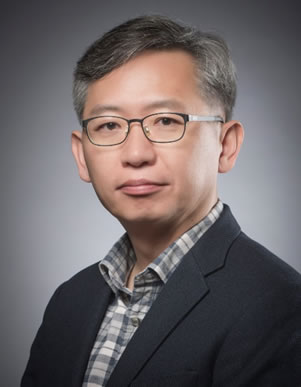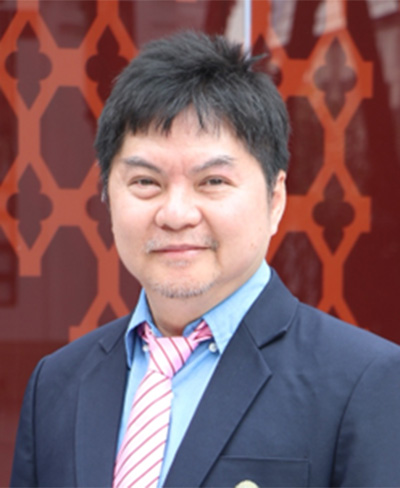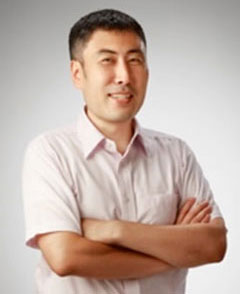Keynote Speakers
Graph Constructions for Machine Learning Applications: New Insights and Algorithms
Date: July 3, 2024
Time: Wednesday 10:50-11:40
Location: R1 Auditorium
Presenter
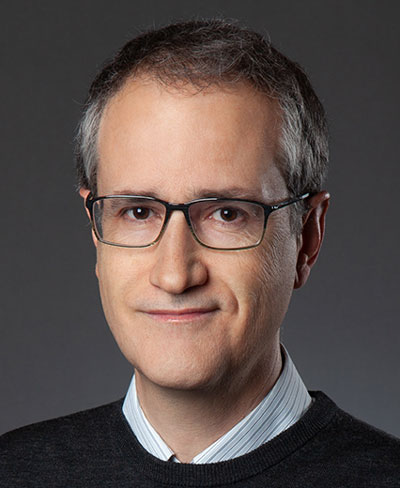
Prof. Antonio Ortega
- Department of Electrical and Computer Engineering
University of Southern California
Abstract
Graphs have long been used in various problems, such as analyzing social networks, machine learning, network protocol optimization, or image processing. In the last few years, a growing body of work has been developed to extend and complement well-known concepts in spectral graph theory, leading to the emergence of Graph Signal Processing (GSP) as a broad research field. In this talk, we summarize recent results that lead to a GSP perspective of machine learning problems. The main observation is that representations of sample data points (e.g., images in a training set) can be used to construct graphs, with nodes representing samples, label information resulting in graph signals, and edge weights capturing the relative positions of samples in feature space. We will first review how this perspective has been used in well-known techniques for label propagation and semi-supervised learning. Then, we will introduce the non-negative kernel regression (NNK) graph construction, describe its properties, and introduce example applications in machine learning areas such as i) model explainability, ii) local interpolative classification, and iii) self-supervised learning.
BIO
Antonio Ortega received his undergraduate and doctoral degrees from the Universidad Politecnica de Madrid, Madrid, Spain and Columbia University, New York, NY, respectively. At Columbia, he was supported by a Fulbright Scholarship. In 1994, he joined the Electrical Engineering department at the University of Southern California (USC), where he is currently a Professor and has served as Associate Chair. He is a Fellow of the IEEE and EURASIP. He was the Editor-in-Chief of the IEEE Transactions of Signal and Information Processing over Networks and will serve as VP of Publications for the IEEE Signal Processing Society from January 2024. He has received several paper awards, including the 2016 Signal Processing Magazine award. His recent research focuses on graph signal processing, machine learning, and multimedia compression. Over 40 PhD students have completed their PhD thesis under his supervision, and his work has led to over 400 publications in international conferences and journals and several patents. He is the author of the book, "Introduction to Graph Signal Processing," published by Cambridge University Press in 2022.
Local All-Pass Image Registration
Date: July 4, 2024
Time: Thursday 11:00-11:50
Location: R1 Auditorium
Presenter
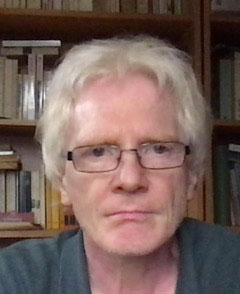
Prof. Thierry Blu
- Department of Electrical Engineering, National Taiwan University
Abstract
Image alignment/registration is an essential step in applications where two or more images are compared, factoring out the possible geometric distortions between them (e.g., medical imaging, remote sensing, computer vision). We present a novel algorithmic framework for estimating such geometric transformations, by re-interpreting their local effect---shifting---as a signal processing operation: a convolution with an all-pass filter. The key advantage of this reformulation is that no restrictions are placed on the amplitude of the deformation or on the spatial variations of the images. Moreover, by identifying all-pass filtering with a forward-backward filtering relation, our solution to the estimation problem boils down to solving a linear system of equations, which leads to a highly efficient implementation. The effectiveness of this algorithm is demonstrated on a variety of synthetic and real deformations that are found in applications such as image registration and motion estimation. In particular, the Local All-Pass (LAP) algorithm obtains very accurate results for significantly reduced computation time when compared to a selection of image registration algorithms and is very robust to noise corruption. When the transformation has a parametric representation, this robustness can be exploited to deal with large intensity differences between the two images.
BIO
Thierry Blu received the "Diplôme d'ingénieur" from École Polytechnique, France, in 1986 and from Télécom Paris (ENST), France, in 1988. In 1996, he obtained a Ph.D in electrical engineering from ENST for a study on iterated rational filter-banks, applied to wide-band audio coding. Between 1998 and 2007, he was with the Biomedical Imaging Group at the Swiss Federal Institute of Technology (EPFL) in Lausanne, Switzerland. Between 2008 and 2024, he was with the Department of Electronic Engineering (Chinese University of Hong Kong). Since February 2024, he has been a Professor in the Department of Electrical Engineering, National Taiwan University. He was elected Fellow of the IEEE in 2012 for "fundamental contributions to approximation theory in signal and image processing".
